Compared to last week, western Canadian feeder cattle markets traded $5-$8 lower on average, with yearlings dropping as much as $10-$12 in certain areas. It appears buyers are incorporating a risk discount due to uncertainty in beef demand longer-term. Rising unemployment levels, sluggish consumer confidence and a sharp drop in disposable income are all factors […] Read more
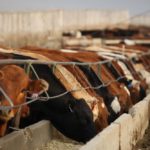
Klassen: Feeder market lacks buying interest
Market gives in to pressure from Chicago futures
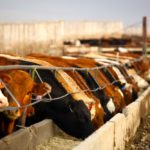
Coronavirus having an impact on cattle market
Market Update with Jerry Klassen: Lower demand coupled with larger supplies weighs on prices
The coronavirus epidemic has contributed to the drop in fed cattle prices over the past couple of months. In the last week of January, Alberta packers were buying fed cattle at $275 on a dressed basis and $165 on a live basis but as of the first week of March, Alberta packer bids were in […] Read more
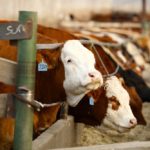
Klassen: Feeder market experiences fortuitous bounce
Last week, the feeder market started on a very sluggish tone. Buyers were sitting back waiting for the market to establish direction. By Friday, yearling prices were up $2-$4 compared to seven days earlier, while calves were trading $4 to as much as $8 above week-ago levels. Cow-calf producers and backgrounding operators have been holding […] Read more
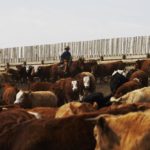
Klassen: Feeder market remains vulnerable
Compared to last week, western Canadian feeder cattle prices were quite variable. Compared to seven days earlier, Alberta feeder prices were unchanged to $5 lower; however, the markets in northern Alberta, Saskatchewan and Manitoba were down $5 to as much as $10 in some cases. Weakness in the yearling markets spilled over into the lighter […] Read more
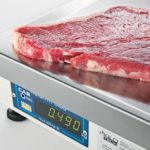
Klassen: Feeder market digesting lower beef demand
Compared to last week, western Canadian yearling prices were down $12-$18; mid-weight calves were down $10 to as much as $15 while calves under 550 lbs. were down $4-$8. The market is incorporating a risk discount due to uncertainty in beef demand for the second and third quarters of 2020. Feedlot margins are in negative […] Read more
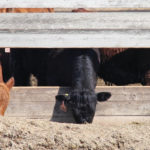
Back to Economics 101 for feeder cattle
Market Update with Jerry Klassen: Look for key market numbers that help determine prices
I receive many inquiries about the cattle market throughout the year, and in many cases, I realize the producer does not have a good handle on the fundamentals for beef or cattle. Supply-and-demand projections appear to be a foreign subject for many. For example, I’ve received many calls asking why the cattle price has to […] Read more

Klassen: Extreme variability characterizes feeder market
Western Canadian feeder cattle prices were extremely variable over the past week which made the market hard to define. Compared to last week, yearling prices were quoted $2 to as much $6 lower while calves traded $2 lower as much as $5 higher. While some auction crowds were caught up with the negative news coverage, […] Read more
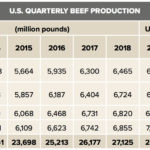
Larger beef production weighs on cattle prices
Market Update with Jerry Klassen: More head and heavier cattle heading to packing plant
During the first week of February Alberta packers were buying fed cattle in the range of $157 to $159 delivered, which was down from early-January highs of $165 to $168. U.S. first-quarter beef production is coming in larger than expected. The U.S. weekly slaughter has been six to seven per cent above year-ago levels. In […] Read more

Klassen: Coronavirus fears weigh on feeder markets
Western Canadian feeder prices were not immune to the meltdown of financial and commodity markets last week. Buyers appeared to incorporate a risk discount due to uncertainty in beef demand over the next few months. Compared to last week, larger groups of quality yearlings traded $3-$5 lower while smaller packages were down $4 to as […] Read more

Klassen: Calves remain firm while yearlings falter
Compared to last week, western Canadian yearling markets traded $3-$5 lower while calves and grassers traded within $5 on either side of unchanged. Calves were extremely variable with similar weight cattle sometimes trading $6-$8 apart at the same sale. Supplies of calves coming on the market appear to be lower than last year. This may […] Read more


